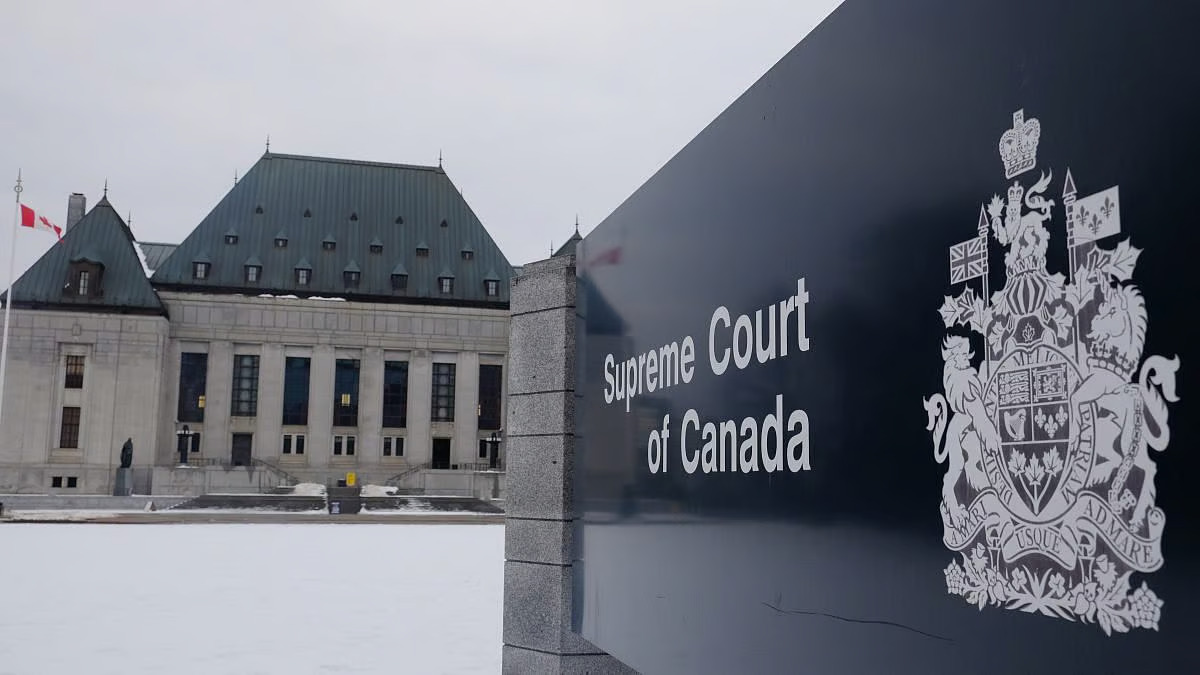The bankruptcy process provides relief to debtors overwhelmed by debts they cannot manage. The general rule is that once a debtor receives their discharge from bankruptcy, they will be released from all debts incurred prior to the date of their bankruptcy. There are, however, exceptions to this rule. Section 178 of the Bankruptcy and Insolvency Act (BIA) sets out a list of debts that are not discharged through the bankruptcy process. In other words, these debts “survive” bankruptcy. Student loans are one of these debts.
What are the government student loans in Canada?
In Canada, the government provides financial assistance to students in the form of grants and loans. This is to ensure that eligible students can fund their postsecondary education in Canada without sacrificing their studies for lack of funds. Such student aid programs are available at the federal level, known as the Canada Student Loan Program (CSLP), and at the provincial and territorial level, such as the Ontario Student Assistance Program in Ontario.
What is the 7-year rule for student loans under the Bankruptcy & Insolvency Act?
This refers particularly to Section 178(1)(g) of the Bankruptcy and Insolvency Act, which states as follows:
178 (1) An order of discharge does not release the bankrupt from:
(g) any debt or obligation in respect of a loan made under the Canada Student Loans Act, the Canada Student Financial Assistance Act or any enactment of a province that provides for loans or guarantees of loans to students where the date of bankruptcy of the bankrupt occurred
- before the date on which the bankrupt ceased to be a full- or part-time student, as the case may be, under the applicable Act or enactment, or
- within seven years after the date on which the bankrupt ceased to be a full- or part-time student.
In simple terms, this means that the student can request the discharge of the loan through bankruptcy or consumer proposal after 7 years from the last date of study. It is worth noting here that only government student loans fall under section 178.
Single-date vs. Multiple-date approach
In cases where a student pursues a single degree, the last date of study is relatively simple. It is the date upon which that student either completes their degree or stops attending school. However, it is common for people to pursue several courses of study throughout their lifetime, and in these cases the question of what constitutes the “last day of study” for the purposes of 178(1)(g) is not as simple and has led to inconsistent decisions among lower courts throughout the provinces and territories.
- The Single Date Approach is commonly applied in British Columbia and Quebec, where the bankruptcy courts have ruled that there can only be one date upon which a person ceases to be a student, and that is their final day of enrolment in any program prior to the date of bankruptcy.
- The Multiple Date Approach is commonly applied in Newfoundland and Labrador, Ontario, Nova Scotia, New Brunswick and Saskatchewan and considers that there can be multiple “last days of study” that correspond to different programs of study and would therefore consider for which programs financial aid was taken.

Background to the Supreme Court decision in Piekut v. Canada (Minister of National Revenue), 2023 BCCA 181
The Debtor took student loans to finance several post-secondary programs from 1987 to 1994, 1994 to 1995, and 2002 to 2003. From 2006 to 2009, she pursued and completed a master’s degree without any financial aid from the government. In October 2013, the Debtor made a consumer proposal under the BIA, which was completed in December 2017. In June 2019, she applied for a declaration that she “ceased to be a full or part-time student” under s. 178(1)(g)(ii) of the BIA in 2003 and that her student loan debt was therefore released under s. 178(2) of the BIA. The Debtor argued that the court should adopt a multiple-date approach and consider 2003 to be the year in which she ceased being a student, as this was the last period of study funded by a government student loan.
Lower Court Decisions
Both the British Columbia Court, in Piekut (Re), 2021 BCSC 1883, and the BC Court of Appeal, in Piekut v. Canada (Minister of National Revenue), 2023 BCCA 181, rejected her argument. The lower courts relied on previous B.C. lower court decisions to conclude that the matter was stare decisis and the Single-Date Approach was the standard to be applied. The lower courts acknowledged that this aspect of the Act needs clarification, and the Appellant was justified in bringing the matter to the court.
The Supreme Court of Canada settles the matter once and for all.
The Appellant challenged the lower court decision in the Supreme Court. The court ruled against the Appellant, finding that a proper application of the modern principle of statutory interpretation leads to the conclusion that the single-date approach applies and s. 178(1)(g)(ii) is unambiguous. It also found that the single-date approach promotes the policy goals of 178(1)(g) better than the multiple-date approach, these policy goals being
- The single-date approach reduces government losses on student loan defaults.
- Therefore, this approach ensures the sustainability of student loan programs for future generations.
- It provides borrowers a reasonable amount of time to repay their student loans after their studies by capitalizing on their education. This will also discourage opportunistic bankruptcies.
- The borrowers have the obligation to repay the loan at least partly, since these government loans are publicly funded. They are offered to meet the students’ financial needs instead of commercial reasons.
- The multiple-date approach might lead to a situation where the government never gets an opportunity to recover the debt before the loan is discharged.
In short, the Supreme Court ruled that the single-date approach is the correct interpretation of the provisions of the Act, and the last date of enrollment of the appellant’s master’s degree was the correct date to consider for the purposes of 178(1)(g).
How can our bankruptcy/insolvency lawyer help you?
Bankruptcy cases rely heavily on the correct interpretation of the provisions of the Bankruptcy and Insolvency Act. This is why you need to get in touch with our knowledgeable bankruptcy/insolvency lawyers for legal counsel before proceeding with your case. Our team of experienced lawyers will ensure that your rights and financial interests are protected throughout the case. Reach out to our civil litigation team today at 905-405-0199 for a consultation.
Read: Legal Disclaimer









